
We all know that cold plunging can help reduce soreness, boost energy, and improve mental clarity. But beneath the surface—quite literally—there’s a fascinating biological response happening that few people talk about: the activation of cold shock proteins (CSPs).
These unique proteins are one of the key reasons why cold exposure is such a powerful tool for long-term health, recovery, and performance.
What Are Cold Shock Proteins?
Cold shock proteins are specialized proteins that your body produces in response to sudden drops in temperature. They’re part of your body’s cellular stress response—activated when you're exposed to intense cold, like during an ice bath.
The two main cold shock proteins are:
-
- RBM3 (RNA-binding motif protein 3)
- CIRBP (Cold-inducible RNA-binding protein)
These proteins work behind the scenes to protect your cells, improve brain health, preserve muscle, and even slow down aging at a cellular level.
Benefits of Cold Shock Proteins
Here’s why these proteins matter—and why they’re so valuable for high-performance individuals:
1. Brain Health & Neuroprotection
RBM3 plays a powerful role in protecting and repairing brain cells. It supports the regeneration of synapses—the connections between neurons—and has even been shown in studies to protect against neurodegenerative diseases like Alzheimer’s and Parkinson’s.
Takeaway: Cold exposure could help maintain sharper cognitive function as you age.
2. Muscle Preservation
Cold shock proteins help regulate muscle maintenance, reducing breakdown and supporting protein synthesis. This becomes especially important during periods of physical stress, overtraining, injury, or aging.
Takeaway: Your ice bath isn’t just fighting soreness—it’s preserving performance.
3. Cellular Resilience & Longevity
CSPs help stabilize RNA, support cellular repair, and enhance resilience to stress. This means stronger, more adaptable cells and better long-term health outcomes.
Takeaway: You’re not just recovering from your last session—you’re investing in your future performance.
4. Reduced Inflammation
Cold shock proteins help regulate inflammation throughout the body, accelerating recovery and decreasing damage after intense training sessions.
Takeaway: Faster bounce-back, less downtime, and more consistent progress. �� How to
Activate Cold Shock Proteins
You don’t need to spend hours in the cold to see benefits. Short, controlled exposure is all it takes to activate CSPs.
Recommended protocol:
-
- Temperature: Between 10–12°C (50–55°F), or colder
- Duration: 2–5 minutes per session
- Frequency: 3–5 sessions per week
Want to go further? Pair your cold sessions with heat therapy (like our outdoor or infrared saunas) to activate both cold and heat shock proteins—amplifying the benefits on both ends of the spectrum.
At Recover, we believe recovery should do more than just make you feel good—it should make you stronger, healthier, and more resilient.
Cold shock proteins are part of the reason why our premium ice baths are such a valuable investment for athletes, executives, and wellness seekers alike. They represent a powerful link between daily practice and long-term performance.
So the next time you step into the cold—remember: you’re not just taking an ice bath. You’re flipping a switch that activates your body’s built-in performance upgrade.





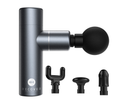




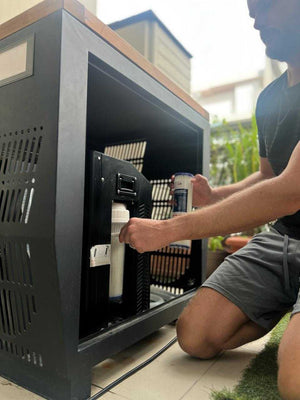
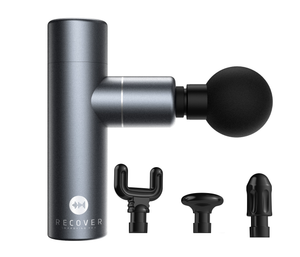
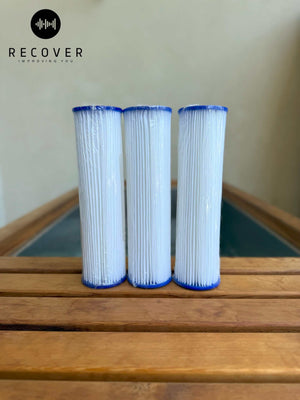



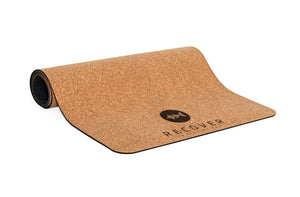
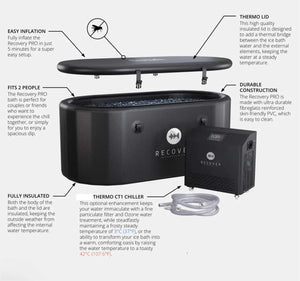
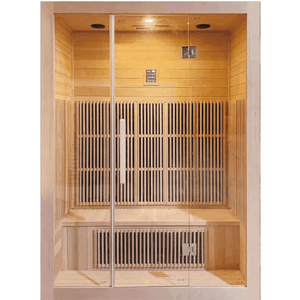
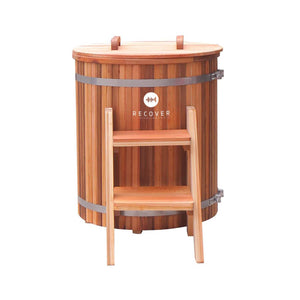


Leave a comment
This site is protected by hCaptcha and the hCaptcha Privacy Policy and Terms of Service apply.